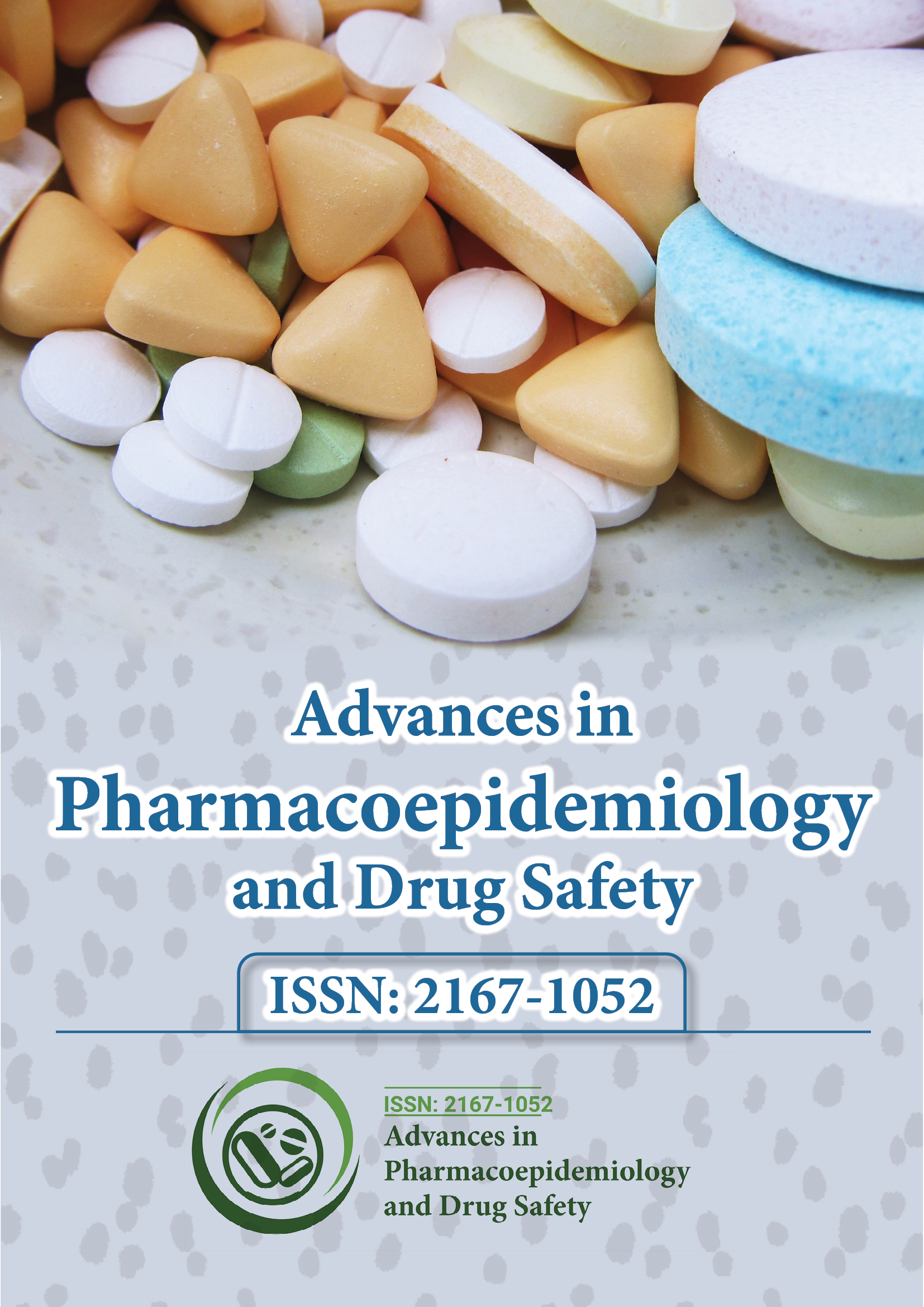indexado en
- Abrir puerta J
- Genamics JournalSeek
- Claves Académicas
- DiarioTOCs
- Búsqueda de referencia
- Universidad Hamdard
- EBSCO AZ
- Catálogo en línea SWB
- Publón
- Fundación de Ginebra para la Educación e Investigación Médica
- pub europeo
- Google Académico
Enlaces útiles
Comparte esta página
Folleto de diario

Revistas de acceso abierto
- Administración de Empresas
- Agricultura y Acuicultura
- Alimentación y Nutrición
- Bioinformática y Biología de Sistemas
- Bioquímica
- Ciencia de los Materiales
- Ciencia general
- Ciencias Ambientales
- Ciencias Clínicas
- Ciencias farmacéuticas
- Ciencias Médicas
- Ciencias Veterinarias
- Enfermería y Cuidado de la Salud
- Genética y Biología Molecular
- Ingeniería
- Inmunología y Microbiología
- Neurociencia y Psicología
- Química
Abstracto
Prevalencia y seguridad del uso de medicamentos de venta con receta durante el embarazo en la República de Surinam en el año 2017: un análisis farmacoepidemiológico
Vinoj H. Sewberath Misser *, Arti Shankar, Ashna Hindori-Mohangoo, Jeffrey Wickliffe, Maureen Lichtveld, Dennis RA Mans
Antecedentes : Utilizando la base de datos de reclamaciones de la Fundación Estatal de Salud de 2017, se han determinado la prevalencia y la seguridad de los medicamentos recetados administrados a mujeres embarazadas en Surinam (América del Sur).
Métodos: Se calcularon las tasas de prescripción y las proporciones del número total de prescripciones, en general y estratificadas por subgrupos de edad, región de residencia, así como la clasificación anatómica, terapéutica, química y de seguridad (sistema de categorización australiano). Los datos se compararon con la prueba ꭓ2 y la prueba de proporciones de dos muestras utilizando el método de teoría normal; los valores p < 0,01 se consideraron diferencias estadísticamente significativas.
Resultados: Las tasas promedio de prescripción (número de prescripciones por número de pacientes) fueron 24,0, 29,7 y 32,5 en los grupos de edad de 15 a 29, 30 a 44 y 45+ años, respectivamente (p<0,001), y 26,4, 23,0 y 14,0 en la región urbana-costera, rural-costera y rural-interior, respectivamente (p<0,001). El uso de medicamentos de prescripción fue común (tasas de hasta 40,4), varió desde antibióticos hasta vitaminas y la mayoría eran seguros. Sin embargo, el 3,2% (algunos antibióticos y antiepilépticos) pertenecían a la categoría de seguridad D, lo que conlleva un riesgo fetal humano definido. Sin embargo, los beneficios potenciales de estos medicamentos justificaban su uso en mujeres embarazadas.
Conclusión: Estos hallazgos coinciden en gran medida con los datos de la literatura, aunque estudios futuros deben verificar su generalización a la población total de Surinam.